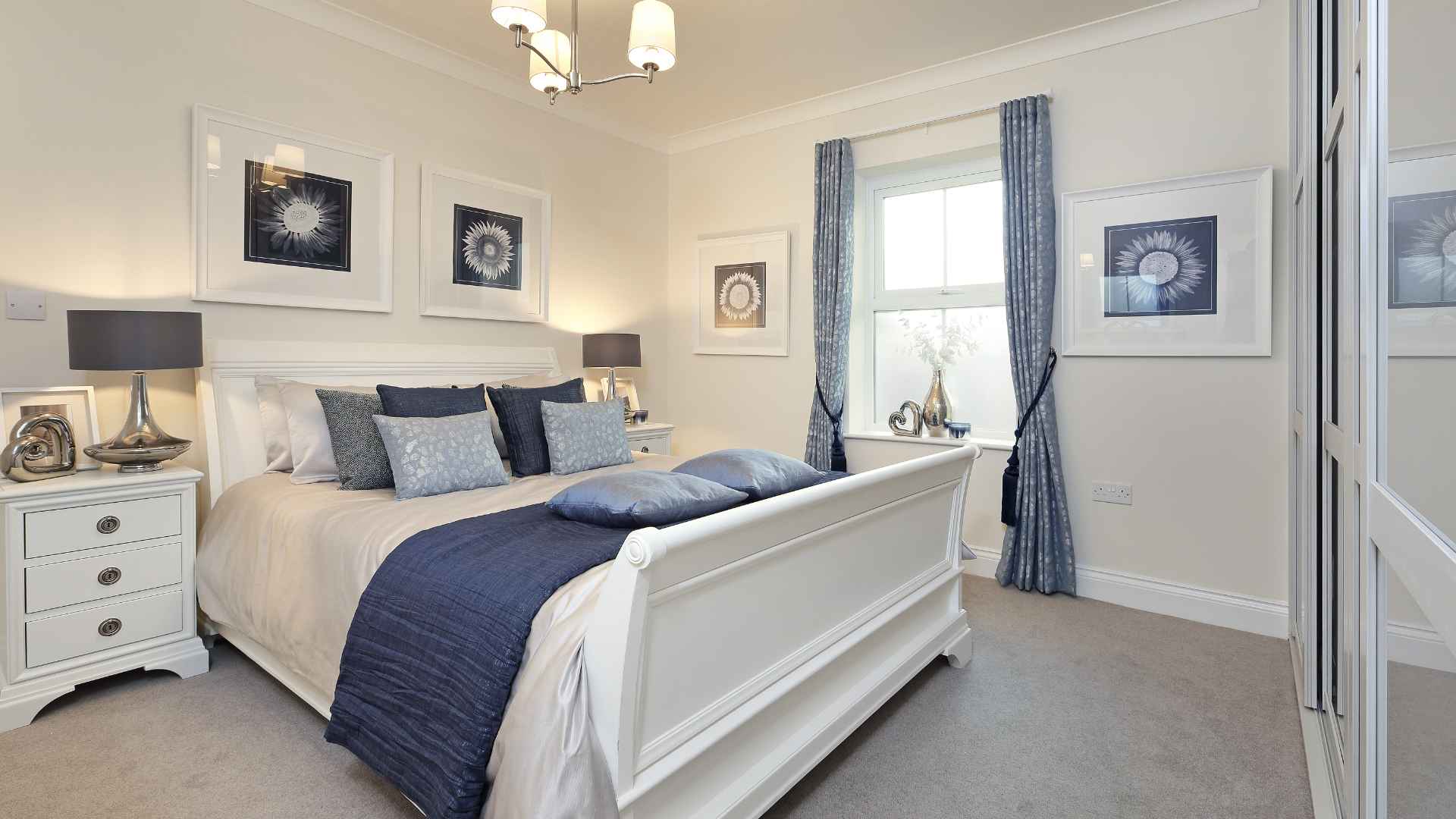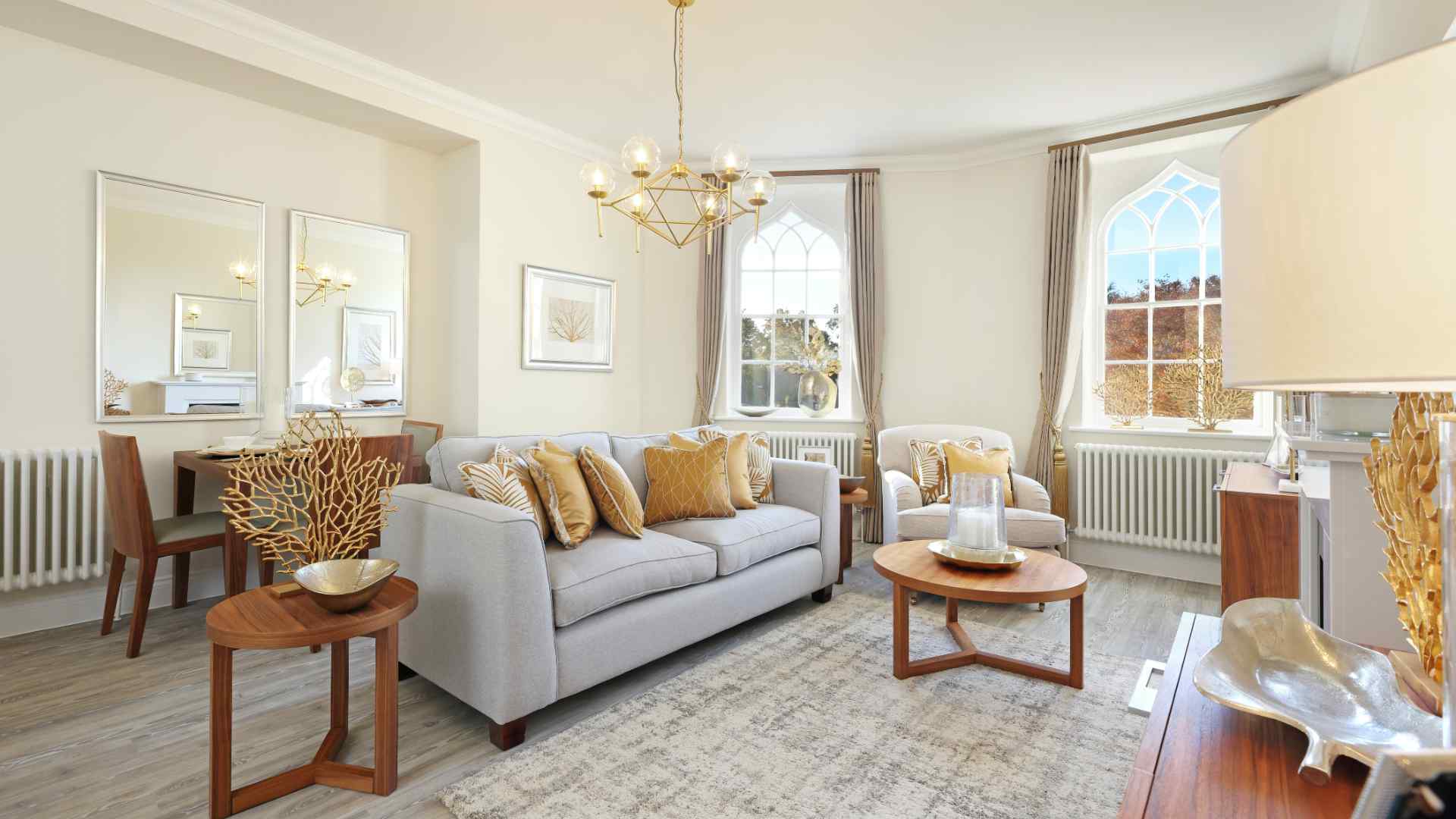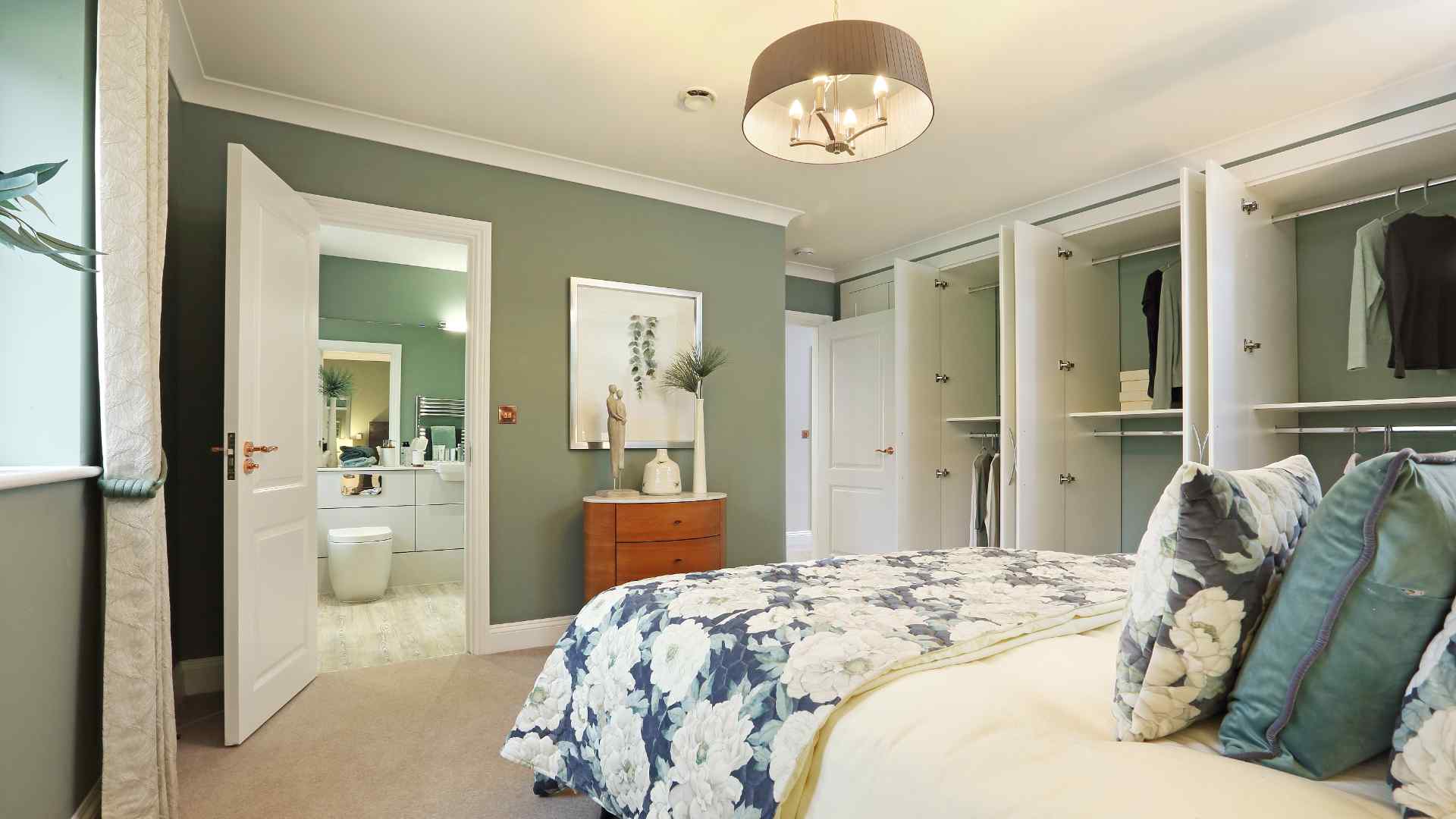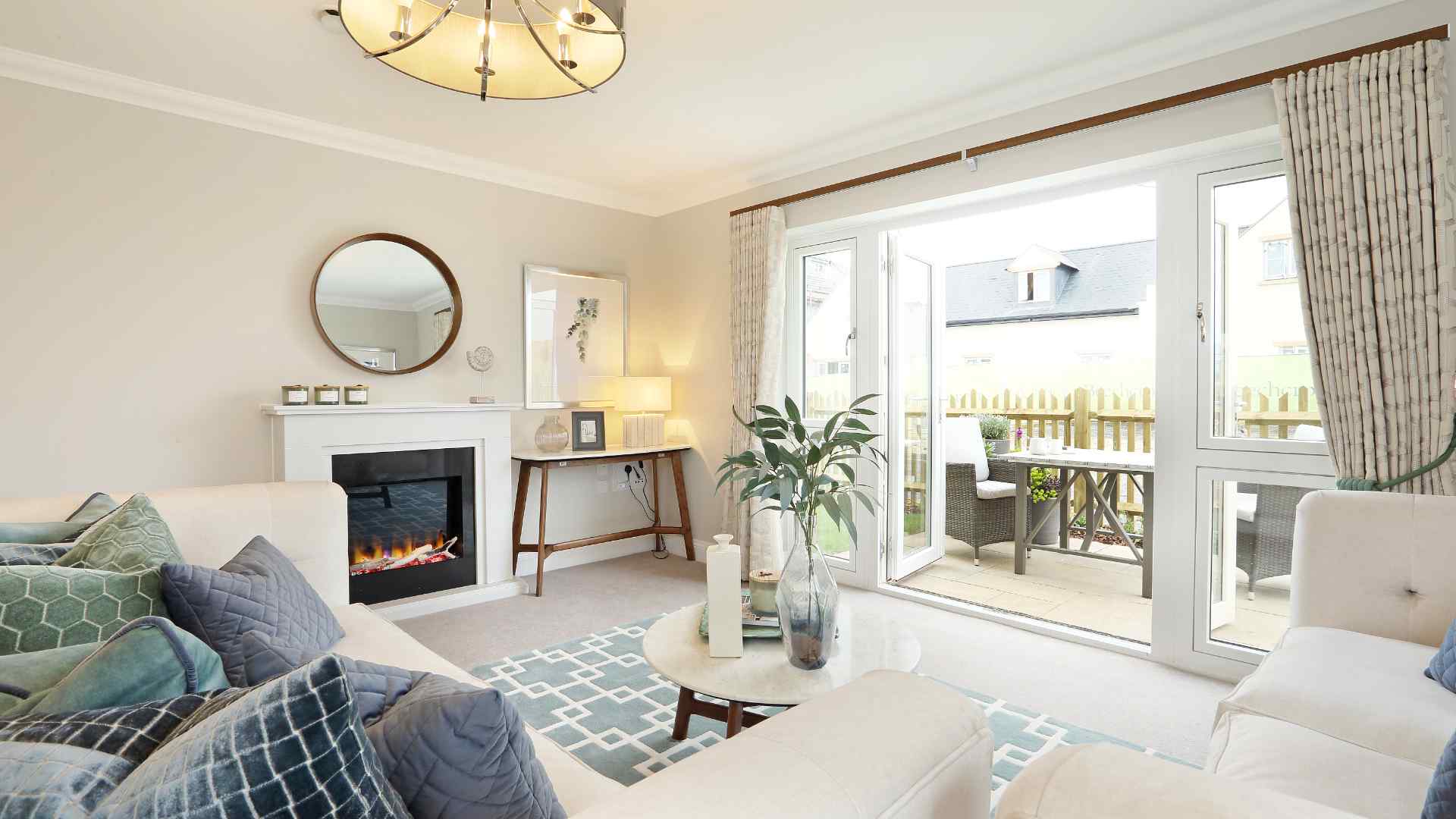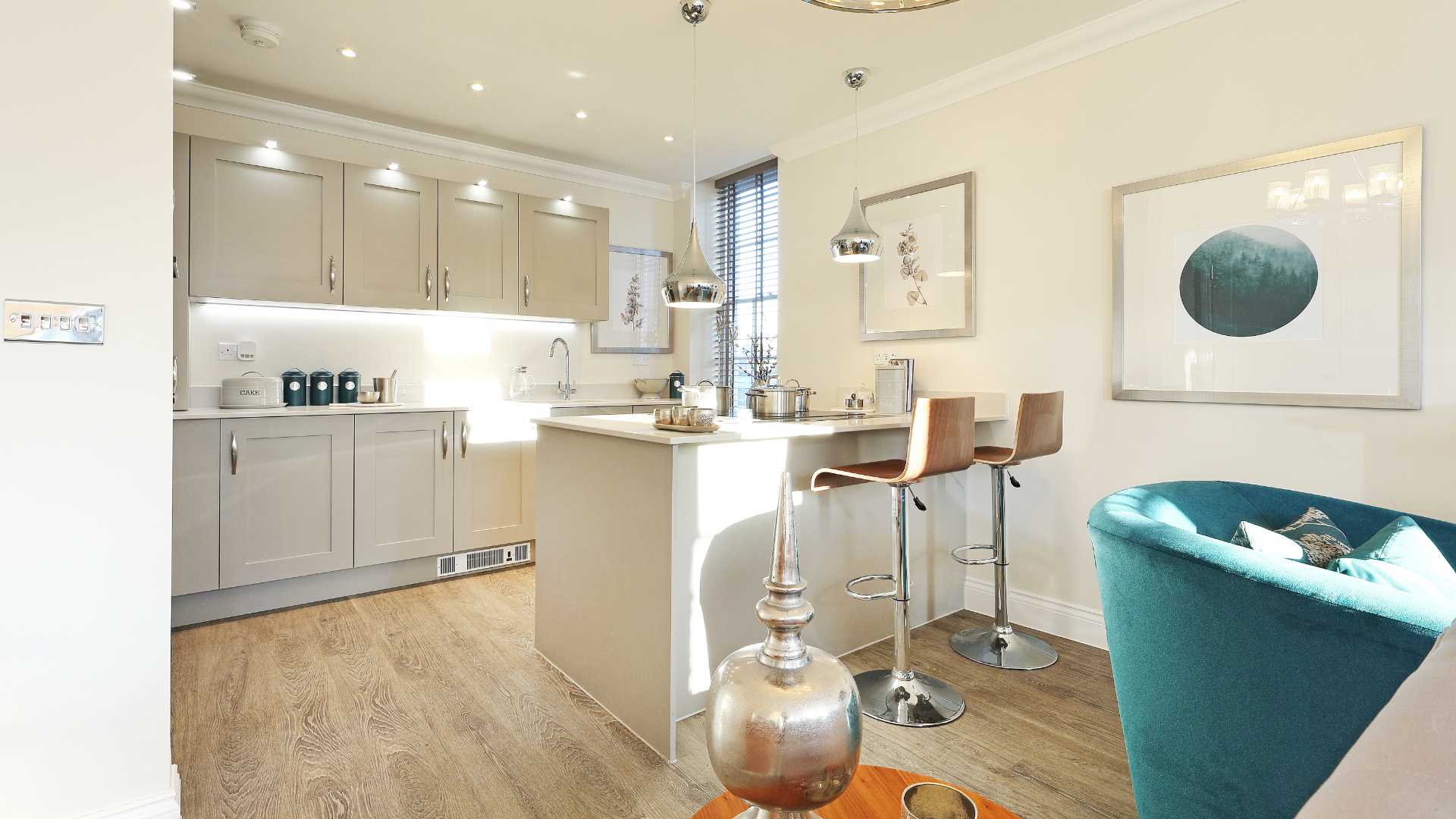
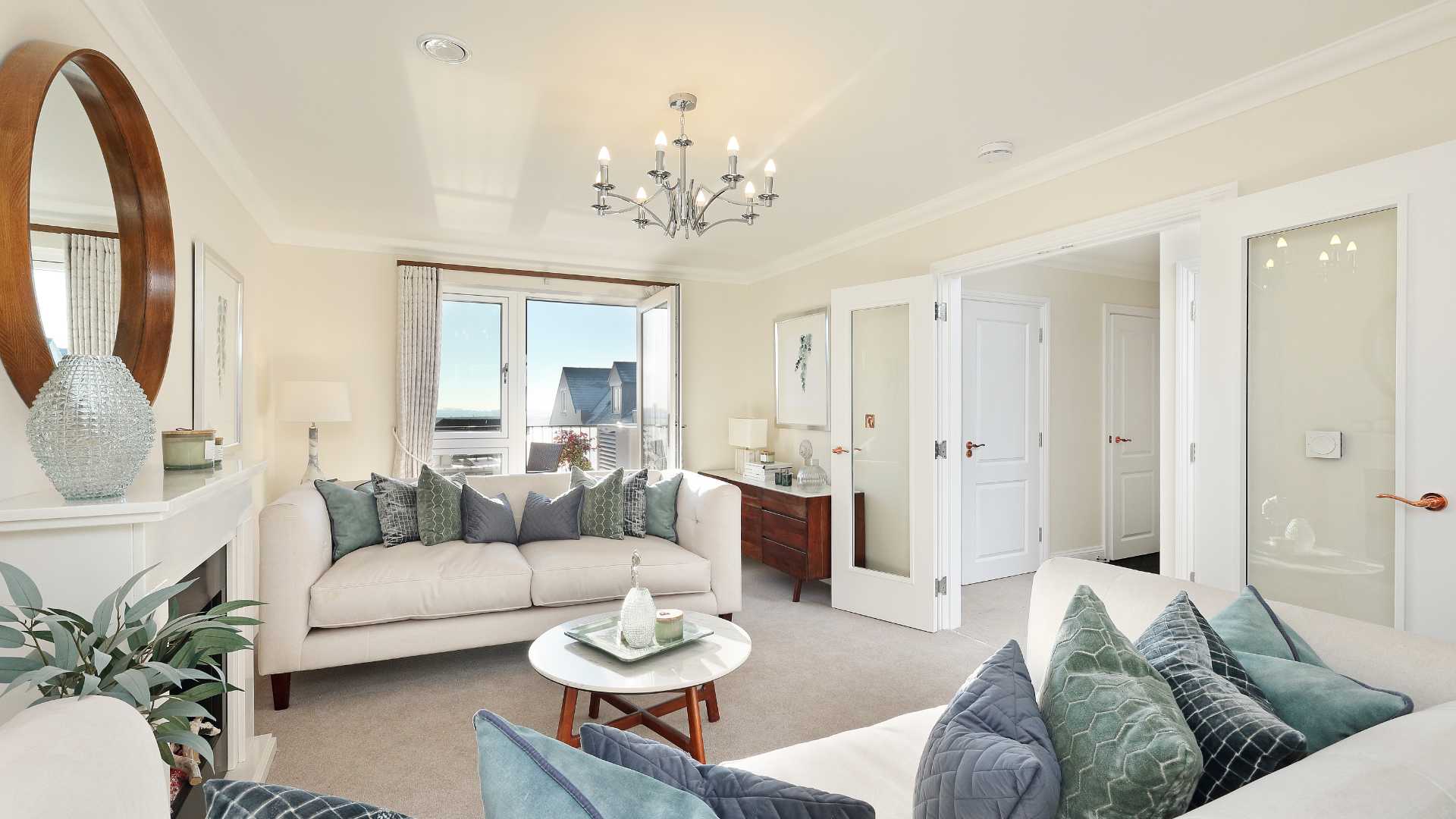
Here, we interview Sian Woodfine, a designer with 40 years’ experience who provides bespoke design solutions for private clients, housebuilders, developers and buy-to-let investors throughout the UK.
Interior design is about how we experience space – from comfortable homes to functional workplaces and beautiful public spaces. Interior design is both an art and a science – in order to create pleasing environments, interior designers research, co-ordinate and plan projects, finding solutions for particular spaces. Here, we interview Sian Woodfine, a designer with 40 years’ experience who provides bespoke design solutions for private clients, housebuilders, developers and buy-to-let investors throughout the UK.
Two major changes in the design industry stand out in my mind. The most important is the way in which we use the space within our homes. Traditionally, our homes were designed to be functional with the living space compartmentalised into rooms with specific purposes – rooms for cooking, for dining, for relaxing. Our lifestyles have, in recent years, become more flexible and we want our homes to reflect this with open-plan, free-flowing, living space. Open-plan living space is multi-functional and sociable – and swiftly becomes the focal point or ‘heart’ of a home, bringing people together in a place to cook, dine and relax, allowing us to socialise with guests whilst cooking. Another major change is the approach to interior design. The myth that interior design was a costly service provided solely by professionals has been dispelled by the many television programmes and magazines that focus exclusively on interiors. Interior design has become so much more accessible – and it’s far more acceptable for everyone to employ an interior designer to style their homes.
I don’t really ask questions. Most people have a mental image – a vision – of what they hope to achieve in their living space but whilst the image may be clear to them, they aren’t able to translate it into a finished interior design scheme. This can be due to a lack of confidence on their part. My role is to give them that confidence, to ‘tease’ the image out, guide them through the design process and give them the tools to express their vision and, ultimately, to imprint their own personalities on their personal living space.
Functionality is the most important design factor for me. A lot of interior designers don’t worry about a scheme being functional but, for me, it is vitally important that a room ‘works.’ Each homeowner will have their own aspirations of how a room should look and work for them. When someone moves into a new home, I always suggest that, where possible, they keep their existing furniture. When they have lived there for a while, they will know if the layout works for them. It’s amazing how many people move in, arrange their living space and then change it at a later date. It’s always important to find out what furniture plan works best before investing in new pieces of furniture.
Simplicity is my key note – combined with classic design. My aim is always to create a sense of peace in a home and a home that is too ‘busy’ will never become a ‘sanctuary`.
There are a number of quick and easy changes that you can put into place to make your current home more attractive to buyers. The first and most important is decluttering – which is all about simplification. Take a good look at your personal items and minimise them as much as possible. When someone views your home, they want to imagine living there – but that’s difficult if it is filled with too many of your belongings. It is important to sort through your belongings before you move anyway. Getting rid of items can be difficult – indeed, it's more difficult for some people than others - but if you move with too many boxes, it can take a very long time to sort them out and to arrange your new home as you want it. Reduce strong colours where possible – vibrant colours may put buyers off. If your rooms are crowded, take some furniture away. People want to walk into a room and think that they could live there, that there is enough space for their furniture and room to add some more. Good lighting is also important.
It is important to consider which pieces of furniture you want to keep. When you move and particularly if you are downsizing, it’s so important to surround yourself with familiar items of furniture – especially those with sentimental value as it makes the move less challenging. Put your furniture in place but resist buying any new pieces until you are happy that the layout works.
There are lots of tips and tricks but the easiest is to introduce some colour into the accessories. I would always advise to keep the big purchases – such as sofas – neutral in tone. If your main pieces of furniture are a particular colour, your design options and flexibility to change colour scheme will be limited – and if your sofas, beds and window dressing are classic, you’re less likely to tire of them. It’s far easier to add colour in the form of cushions and other accessories such as lamps and pictures which are easy to change. Consider painting feature walls –the beautiful heritage colours that are available are fashionable and work well in new or converted homes.
Certainly, in the case of curtains and other window treatments go for simple colours and self-patterned fabrics. There’s a huge range of curtains and blinds on offer but they represent the biggest investment so keep them simple and indulge your passion for colour and texture by buying cushions and rugs. Make sure you love the colours and the items you choose though. Don’t be tempted by the latest design trends or pressured by ‘the colour of the year’ unless you absolutely love it. If you’re unsure, don’t buy it but if you feel an emotional connection with a colour, a fabric, a picture or a design style, then go with it.
29 May 2025
There are at least 12 different terms to describe retirement housing including extra care housing, housing with care, independent…
Read more9 May 2025
If you enjoy travelling within the UK, there are plenty of financial benefits related to retirement. It’s easy to leave the car…
Read more7 April 2025
From beautiful landscapes to excellent transport links, Kent offers the best of both worlds - convenience and charm - along with…
Read more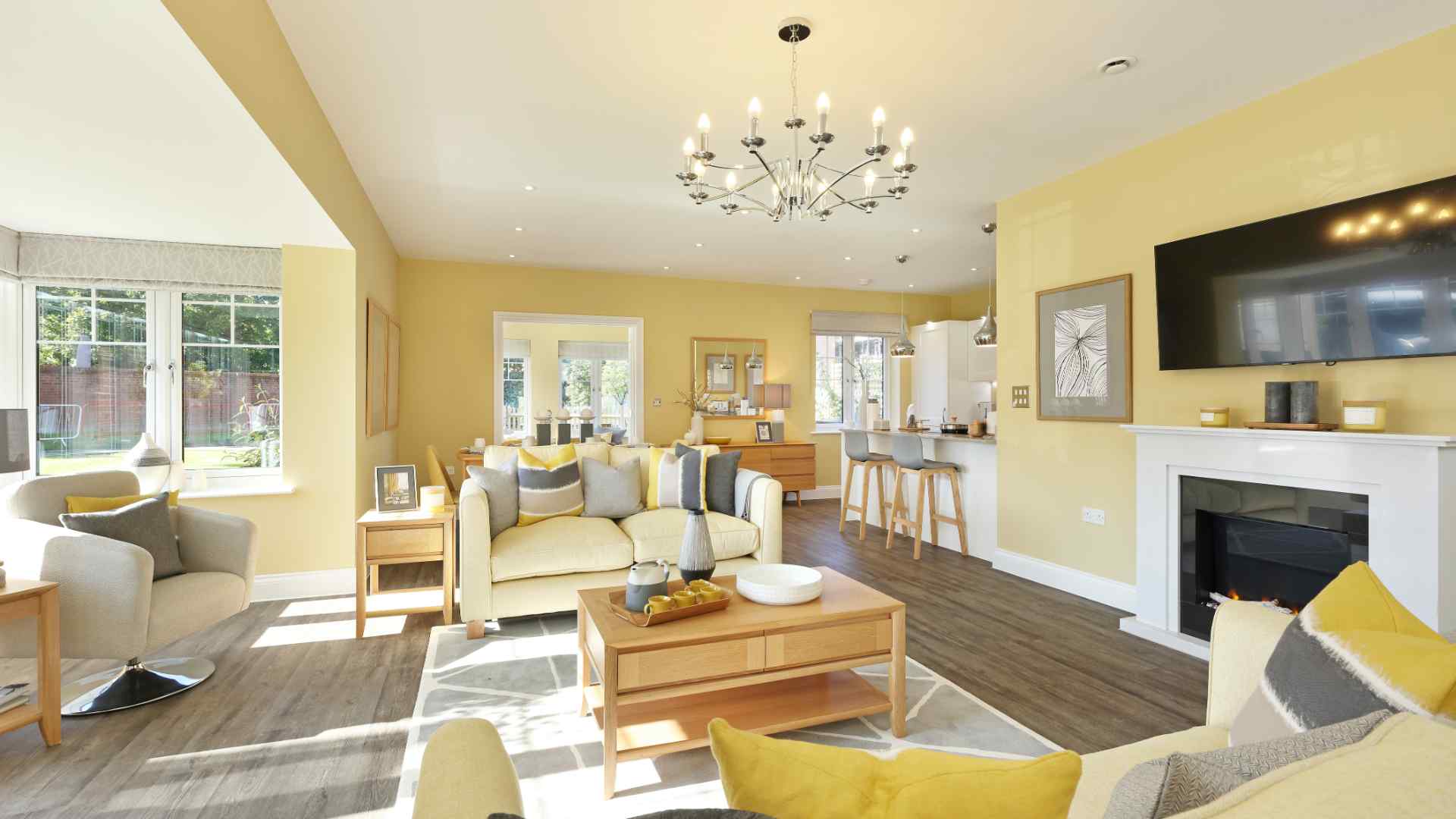


.jpg)
